HISTORY
Necchi’s industrial journey traces back to Vittorio Necchi’s father, Ambrogio Necchi, who inherited and continued the family’s founding profession.
In the late 1880s, he assumed control of the family factory located in the heart of Pavia, employing 170 workers and specializing in crafting cast iron spare parts for machinery.
Today, Necchi is renowned for setting standards in material quality and design, with over a century of rich history shaping its legacy. This longstanding tradition serves as both an inspiration and a profound responsibility for Necchi.
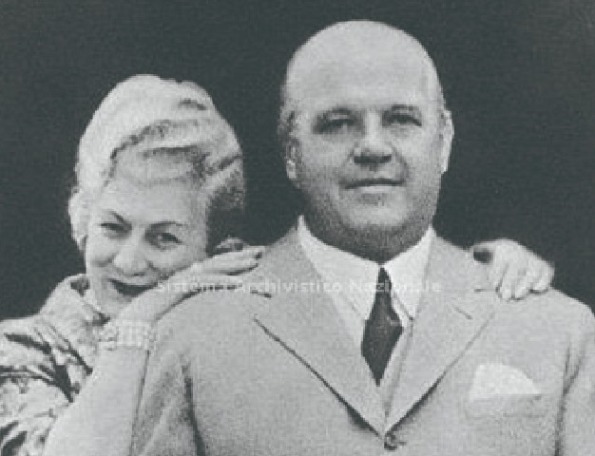
1919
After returning from World War I, Vittorio Necchi managed his family’s business in Pavia. Inspired by his wife’s request for a sewing machine, he conceived the idea of crafting one himself, utilizing the cast iron produced by the family factory.
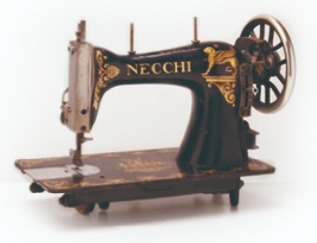
1924
Vittorio established his inaugural sewing machine plant with a team of 40 workers, and by 1924, he successfully introduced the first model, the Necchi BD.
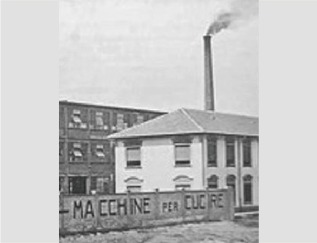
1930
Production soared to 19,660 units per year, with over 2,000 sets exported to 30 countries worldwide.
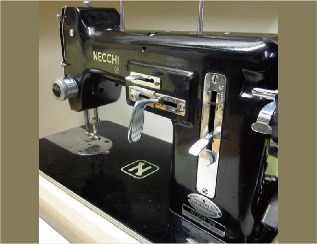
1932
Necchi developed the first domestic sewing machine featuring zigzag stitches, known as the “BU” model. This innovation enabled users to execute various decorative stitches, including mending and buttonholes.
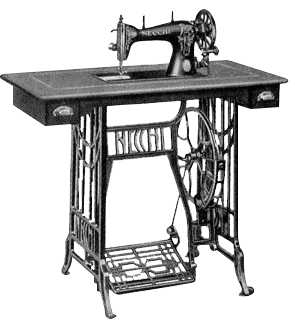
1945
The company’s divisions, which included the foundry, industrial sewin machines, sewing machines, and household cabinetmaking (responsible for producing the furniture to mount the machines), already exhibited a considerable amount of level of production integration.
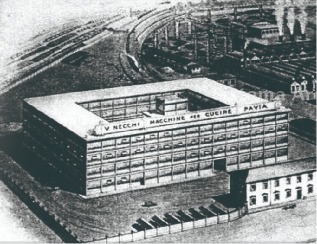
1946
Necchi experienced continuous expansion, employing 4,500 workers and achieving a daily production output of 1,000 machines. These high-quality machines Italian machines were sold through a network of over 10,000 retailers, making them sought-after imports in both the U.S. and Europe.
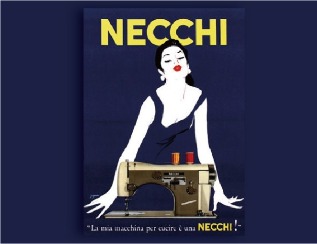
1954
Necchi introduced the “SUPERNOVA”, which received the prestigious “Compasso d’Oro” award. This groundbreaking machine marked the debut of automation in sewing, officially integrating design into sewing machine development. Its innovation was further endorsed by renowned actress Sophia Loren, who promoted this revolutionary product.
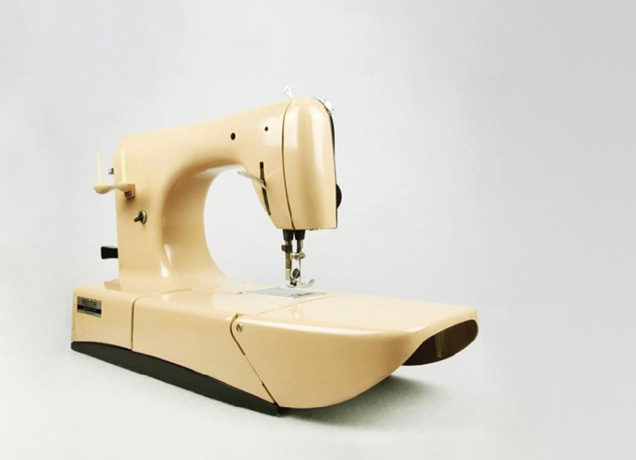
1956
MIRELLA series, a masterpiece of functionality and aesthetics, won the “Compasso d’Oro” and the “Grand Prix” of the XI Triennale di Milano. It’s exceptional design earned the highest accolades in industrial design, securing a place in the permanent exhibition of the Museum of Modern Art (MOMA) in New York.
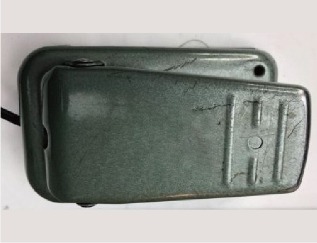
1970
Necchi designed and built the first sewing machine equipped with an electrical pedal.
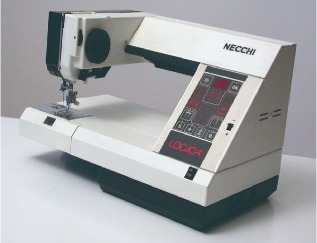
1983
New models featuring a futuristic designs were introduced, including the “LOGICA” with an electronic control panel, designed by Giargetto Giugiaro in 1983.

1990
Necchi implemented a new marketing strategy to expand its wide range of Vigorelli and Millepunti brand sewing machines, both which are classic and highly popular brands in Italy.
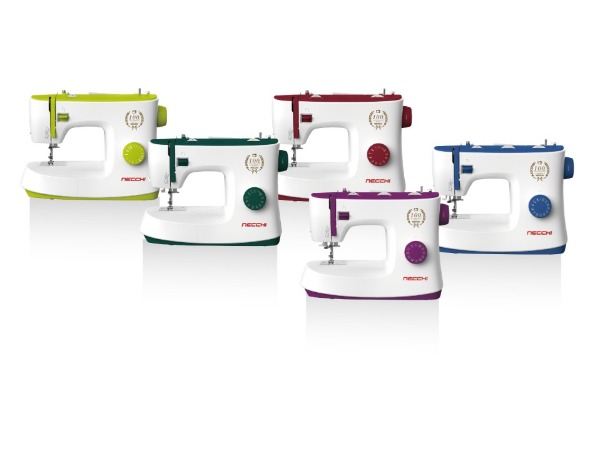
2019
By 2019, customers all over the world could find Necchi Sewing Machines known for their reliable quality and excellent design. In Necchi’s anniversary year in 2019, the company launched a new series poised to make a significant impact on the market.